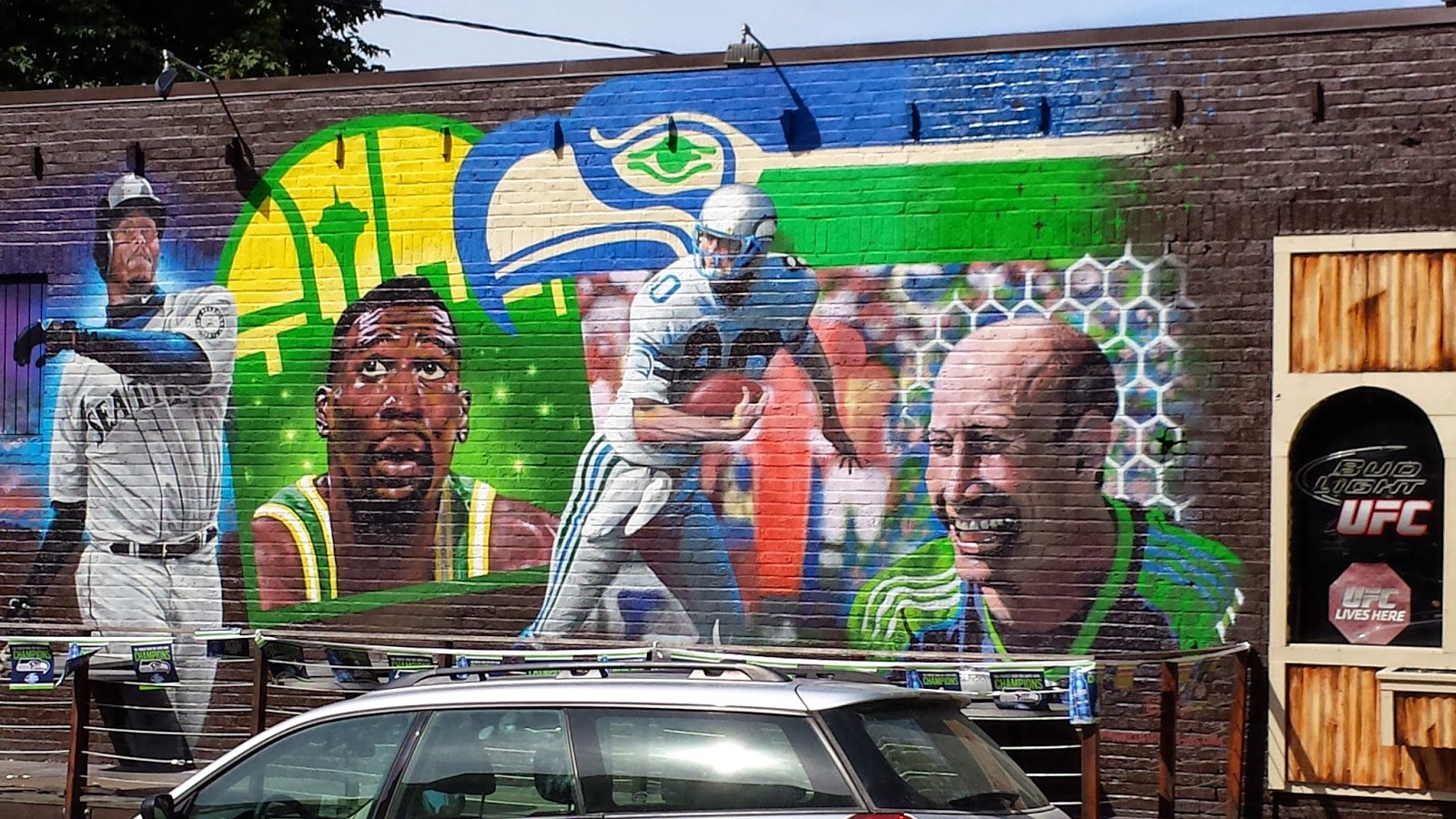Princeton, New Jersey. Battle of Princeton Monument. Frederick MacMonnies, sculptor (1908-1922). Detail of George Washington. Photo Samuel D. Gruber 2008
The Princeton Battle Monument by Frederick MacMonnies and Thomas Hastings (1908-1922)
by Samuel D. Gruber
This week in 1776-1777 was a momentous one for the American Revolution, as George Washington and his demoralized troops realized three victories between Christmas and January 3rd. After crossing the Delaware and winning the first Battle of Trenton followed up with a further successful defense in the Second Battle of Trenton and then a surprise attack to win the Battle of Princeton (not to be confused with my struggles there with undergraduate Latin and German). Years later the one of my favorite American monuments was created in Princeton, New Jersey to commemorate that latter victory.
Over a year ago I wrote about the George Washington Statue in Paris. But a very different type of Washington, and one of my favorite images of him as general, is on the Princeton Battle Monument, a work described by my former professor Robert Judson Clark as "one of the most ambitious, but least known, examples of Beaux-Arts sculpture in the United States."
Washington is shown in high relief as the apex of of structure of his soldiers. He is the weary soldier, the reluctant hero, a man lead by the allegorical figure of Liberty, who seems quietly sure of this destiny. The monument designed by sculptor Frederick MacMonnies (1863-1937) and architect Thomas Hastings commemorates the victory of Washington and his troops at the Battle of Princeton on January 3, 1777 which together with the Battle of Trenton is seen as a turning point in the Revolutionary War, since it showed that Americans could defeat British and mercenary troops, and it forced the British to leave southern New Jersey. The high relief sculpture also shows the death of General Hugh Mercer.
MacMonnies, who was the third sculptor approached for the project (after Augustus Saint-Gaudens and Daniel Chester French) was given few guidelines, but there was popular sentiment for a traditional equestrian statue of Washington similar to that in Paris by Daniel Chester French inaugurated in 1900. The well known equestrian statue of Washington in the city of that name, executed by Clark Mills, and dedicated in 1860 also purportedly represents Washington at the Battle of Princeton.
Princeton, New Jersey. Battle of Princeton Monument. Frederick MacMonnies, sculptor (1908-1922). Photo Samuel D. Gruber 2008
The siting of the monument was debated for a long time. The actual site of the battlefield was considered too remote. Different locations in the center of Princeton were considered before the site on Nassau Street near Stockton Street was chosen.
The monument as original intended to be of bronze, but instead it was constructed of and sculpted (in situ) in limestone beginning in 1919. MacMonnies style is very fluid, but years of exposure to the elements has also worn the stone. Macmonnies created a full size clay model which was on site while the stone was carved mostly by Piccirilli Brothers of Brooklyn under MacMonnies supervision. A reflecting pool was also planned for the site but never executed because of the cost. Though the main composition is carved in extremely high relief, so much so that the stone seems to have melted away behind the figures. This type of sculpture finds its origins in the exuberant reliefs on the Arc des Triumph in Paris but ultimately has its source in ancient Hellenistic and Roman sculpture. This work is one of the last great expressions of the Beaux-Arts style in public art America.
Princeton, New Jersey. Battle of Princeton Monument. Frederick MacMonnies, sculptor (1908-1922). Photo Samuel D. Gruber 2008
Princeton, New Jersey. Battle of Princeton Monument. Frederick MacMonnies, sculptor (1908-1922). Photo Samuel D. Gruber 2008
Princeton, New Jersey. Battle of Princeton Monument. Frederick MacMonnies, sculptor (1908-1922). Photo Samuel D. Gruber 2008
Princeton, New Jersey. Battle of Princeton Monument. Frederick MacMonnies, sculptor (1908-1922). Photo Samuel D. Gruber 2008
An inscription on the rear of the monument expresses in words the sentiment of the sculpture:
"Here memory lingers to recall the guiding mind whose daring plan outflanked the foe and turned dismay to hope when Washington with swift resolve marched through the night to fight at dawn and venture all in one victorious battle for our freedom."
Princeton, New Jersey. Battle of Princeton Monument. Frederick MacMonnies, sculptor (1908-1922). Photo Samuel D. Gruber 2008
Clark, Robert Judson, Frederick MacMonnies and the Princeton Battle Monument (Exhibition, spring of 1977 at The Art Museum, Princeton Univ.) Volumes 42-43 (1984) of Record of the Art Museum, Princeton University.
Bzdak, Meredith Arms, Public Sculpture in New Jersey (Rutgers University Press, 1999), pp. 84-85.
.jpg)
.jpg)
.jpg)
.jpg)
.jpg)
.jpg)
.jpg)






.JPG)
.JPG)
.JPG)
.JPG)
.JPG)
.JPG)
.JPG)
.JPG)






.jpg)


.jpg)
.jpg)

.jpg)

.jpg)



















.JPG)
.JPG)






